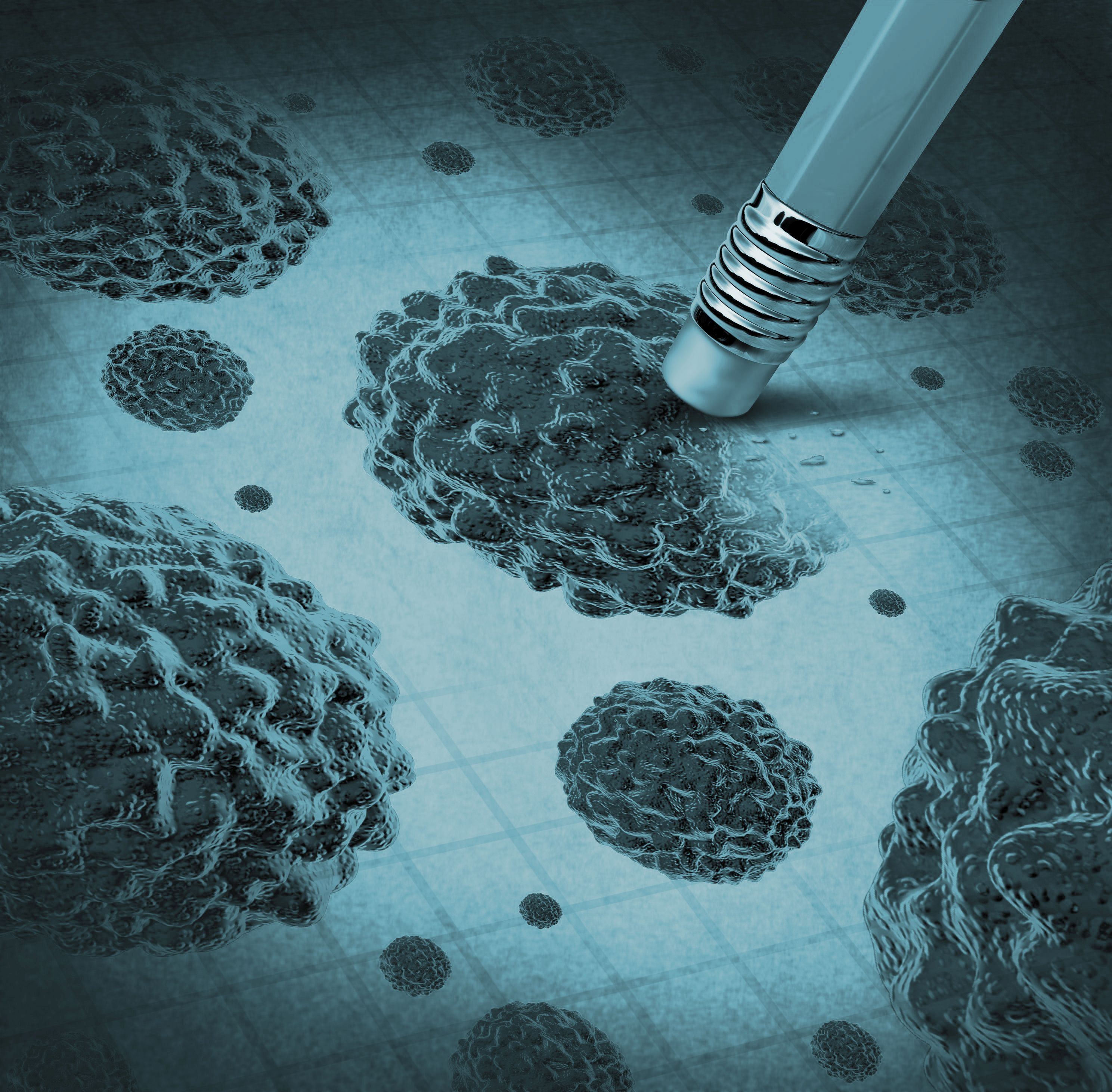MacLellan Rubber have been working closely with their supply chain partners and can announce a breakthrough in Nitrosamine-free polymer materials.
MacLellan's technical team have identified a formulation and process changes that eliminate the use of accelerators, thereby eliminating the creation of
Nitrosamines whilst ensuring the product quality and performance remains unchanged.
Simon Winfield, Director at MacLellan Rubber, explains:
"The elimination of carcinogenic Nitrosamines from materials being used in production of baby foods, Pharmaceutical and Biomedical items, food processing equipment amongst other health related applications, has been a key focus for MacLellan in recent years."
"We're pleased to announce that our European manufactured EU1935 Food Quality materials - NR, NBR and CR - have now been independently certified Nitrosamine-free by IANESCO (Institut d'Analyses et d'Essais en Chimie de I'Ouest) in France and are available as cured or uncured rubber sheeting."
What are Nitrosamines?
Nitrosamines are chemical compounds that are formed as part of the process in rubber compounding and have been accepted as a natural outcome at extremely low levels in polymer manufacture.
Whilst being recognised as carcinogenic in many forms, especially 4-methyl-m-phenylenediamine (toluene-2,4-diamine) and Biphenyl-4-ylamine which are restricted under the current REACH legislation, the variation in carcinogen potency from NDEA to NDPA is 15,000 to 1; hence the type of Nitrosamine produced could have a severe impact on the potential for contamination within a particular application.
The most common origin on
Nitrosamines in polymers comes from the reaction of accelerators, such as Dithiocarbamates, Sulfenamides, Sulphur Donors and Thiurams with Nitrites during the curing process, resulting in compounds such as:
Nitrosamine Analyte (Abbreviation): CAN Number
N-Nitrosodimethylamine (NDMA): 62-75-9
N-Nitrosomethyletylamine (NMEA): 10595-95-6
N-Nitrosodiethylamine (NDEA): 55-18-5
N-Nitrosodi-n-propylamine (NDPA): 621-64-7
N-Nitrodi-n-butylamine (NDBA): 924-16-3
N-Nitrosopyrolidine (NPYR): 930-55-2
N-Nitrosopiperidine (NPIP): 100-75-5
Simon added: "Being the first in our industry to achieve this technical milestone is significant for MacLellan Rubber, and particularly important for our customers who want guarantees that the seals and gaskets they are using within their applications are the safest in the world. This breakthrough will enable customers to certify their own products to the highest quality standards."
If you would like to know more about
Nitrosamines and the risks they pose to human health, click on one of the following links:
To speak to MacLellan about their Nitrosamine-free materials, call 01902 30 77 11.
